19.HAZARDOUS SUBSTANCES AND ENVIRONMENTAL ISSUES
(A)Mold and Indoor Air Quality (other than radon)
1.Are you aware of any tests for mold, fungi, or indoor air quality in the property?
2.Other than general household cleaning, have you taken any efforts to control or remediate mold or mold-like substances in the property?
Note to Buyer: Individuals may be affected differently, or not at all, by mold contamination. If mold contamination or indoor air quality is a concern, buyers are encouraged to engage the services of a qualified professional to do testing. Information on this issue is available from the United States Environmental Protection Agency and may be obtained by contacting IAQ INFO, P.O. Box 37133, Washington, D.C. 20013-7133, 1-800-438-4318.
(B)Radon
1.Are you aware of any tests for radon gas that have been performed in any buildings on the property? If "yes," list date, type, and results of all tests below:
Date
Type of Test
Results (picocuries/liter)
Name of Testing Service
2.Are you aware of any radon removal system on the property?
If "yes," list date installed and type of system, and whether it is in working order below:
Date Installed |
Type of System |
Provider |
Working? |
|
|
|
|
|
|
|
|
(C)Lead Paint
If property was constructed, or if construction began, before 1978, you must disclose any knowledge of, and records and reports about, lead-based paint on the property.
1.Are you aware of any lead-based paint or lead-based paint hazards on the property?
2.Are you aware of any reports or records regarding lead-based paint or lead-based paint haz- ards on the property?
(D)Tanks
1.Are you aware of any existing or removed underground tanks? Size:
2.If "yes," have any tanks been removed during your ownership?
(E)Dumping. Are you aware of any dumping on the property?
(F)Other
1.Are you aware of any existing hazardous substances on the property (structure or soil) such as, but not limited to, asbestos or polychlorinated biphenyls (PCBs)?
2.Have you received written notice regarding the presence of an environmental hazard or bio- hazard on your property or any adjacent property?
3.Are you aware of testing on the property for any other hazardous substances or environ- mental concerns?
4.Are you aware of any other hazardous substances or environmental concerns that might
impact upon the property? Explain any "yes" answers in section 19:
20.MISCELLANEOUS
(A)Deeds, Restrictions and Title
1.Are you aware of any deed restrictions that apply to the property?
2.Are you aware of any historic preservation restriction or ordinance or archeological desig- nation associated with the property?
3.Are you aware of any reason, including a defect in title, that would prevent you from giving a warranty deed or conveying title to the property?
4.Are you aware of any insurance claims filed relating to the property?
(B)Financial
1.Are you aware of any public improvement, condominium or homeowner association assess- ments against the property that remain unpaid or of any violations of zoning, housing, build- ing, safety or fire ordinances or other use restriction ordinances that remain uncorrected?
2.Are you aware of any mortgage, judgment, encumbrance, lien, overdue payment on a sup- port obligation, or other debt against this property or Seller that cannot be satisfied by the proceeds of this sale?
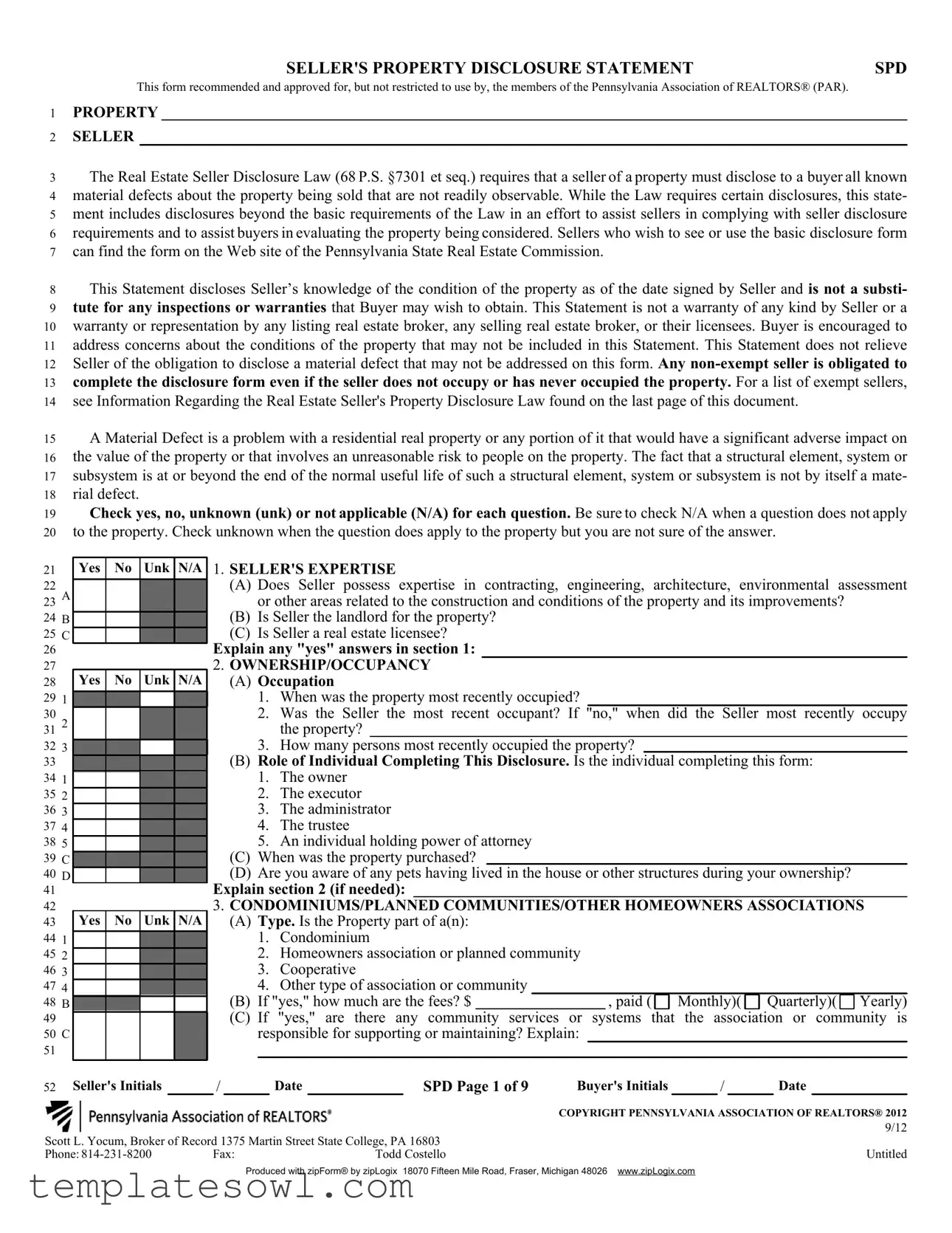
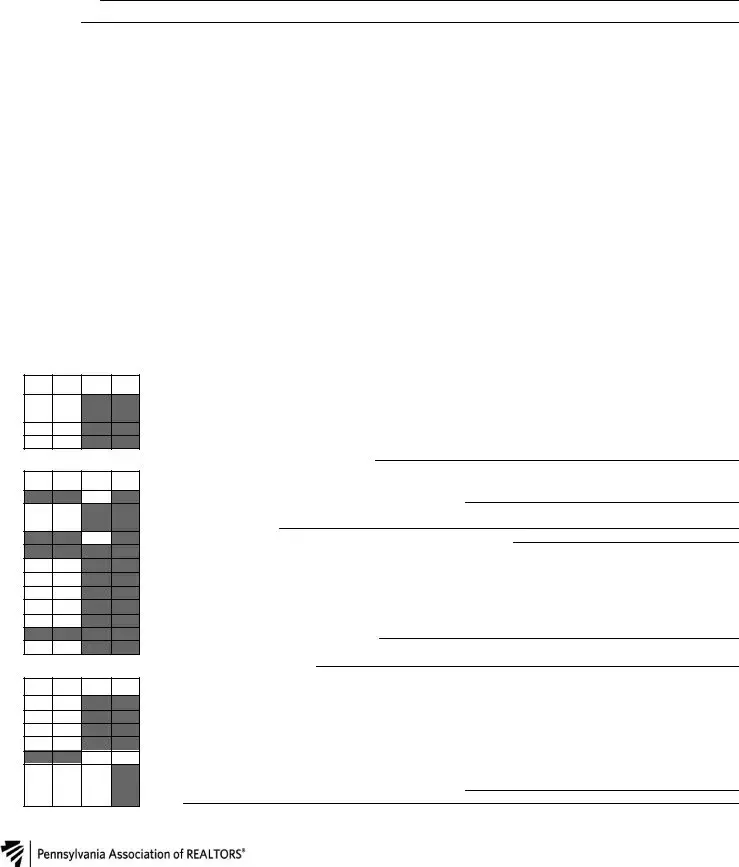
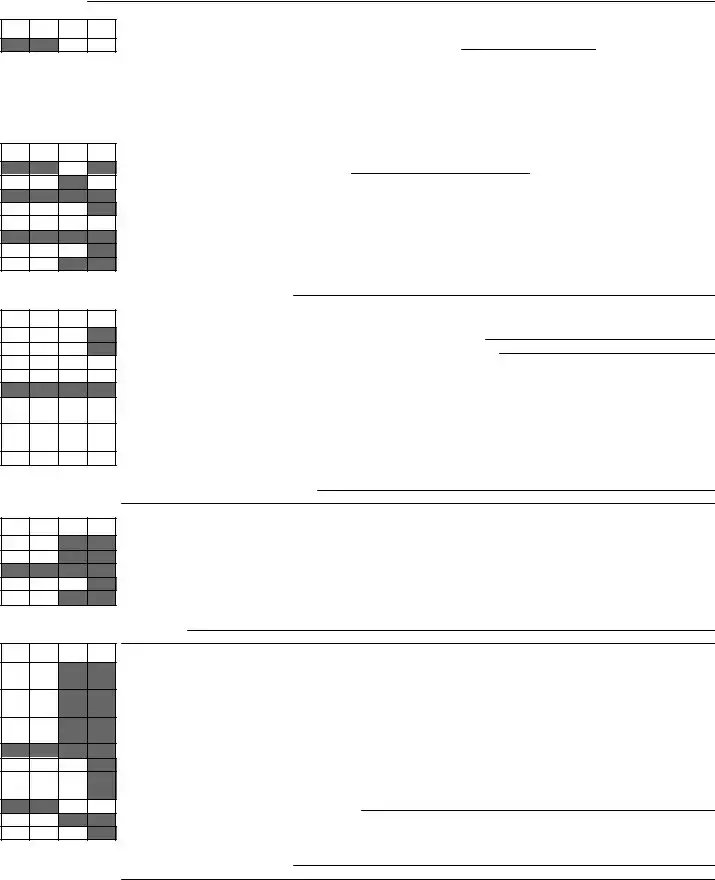
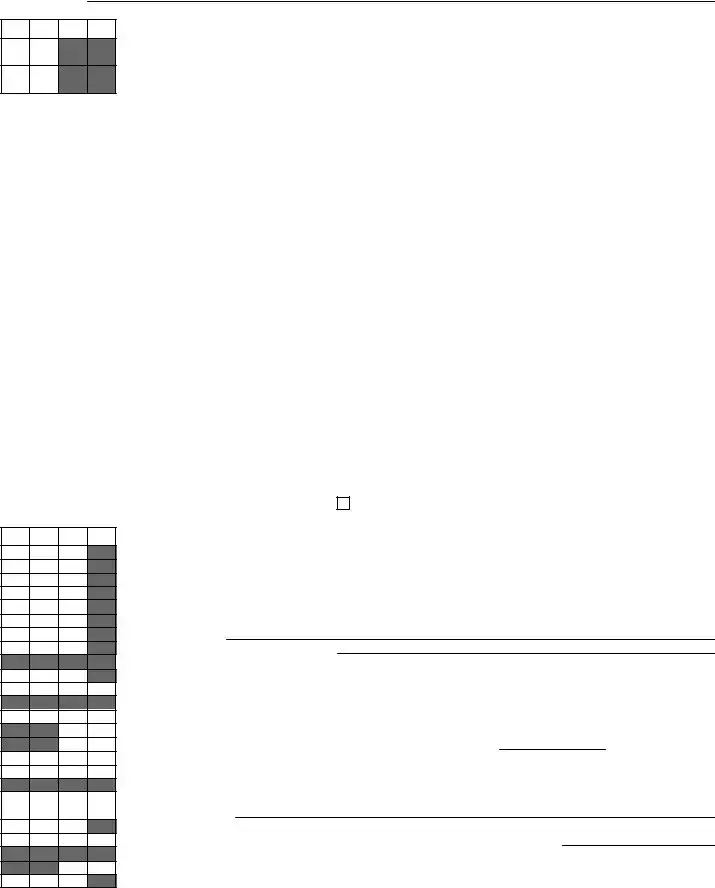
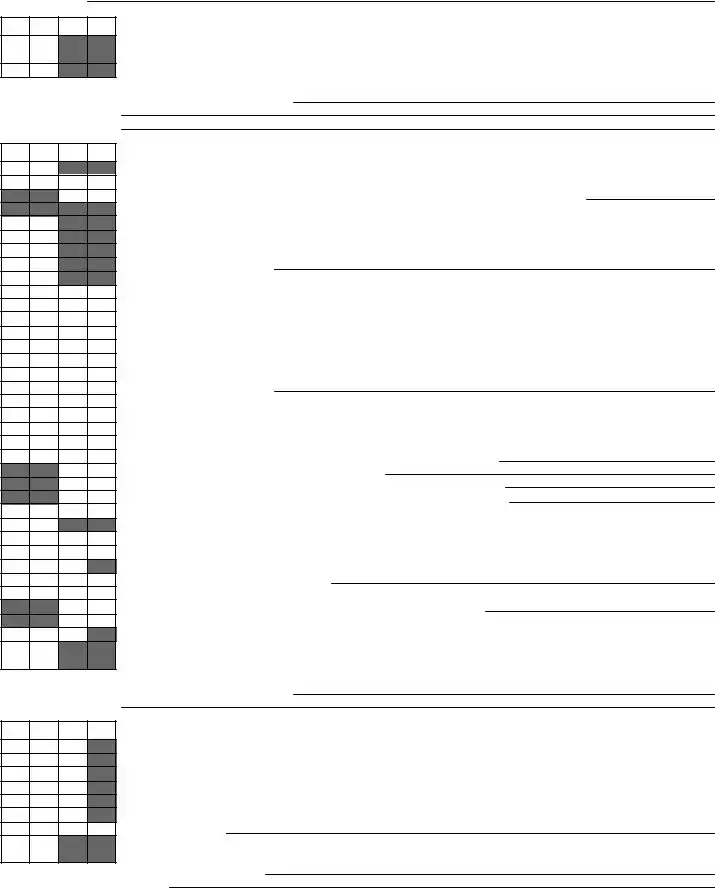






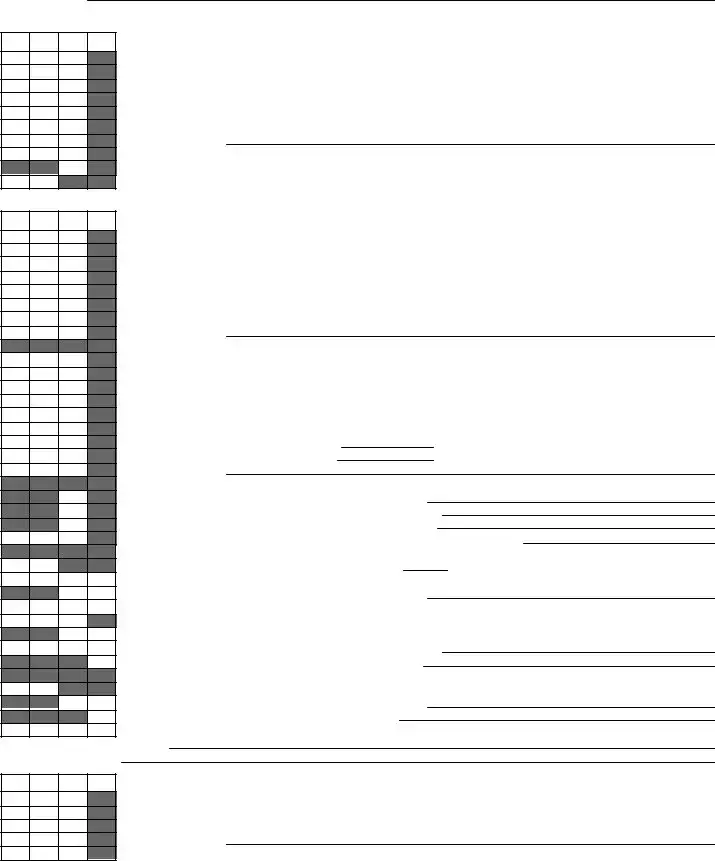
 Are you aware of any problems or repairs needed regarding any item in section 13? If "yes," explain:
Are you aware of any problems or repairs needed regarding any item in section 13? If "yes," explain: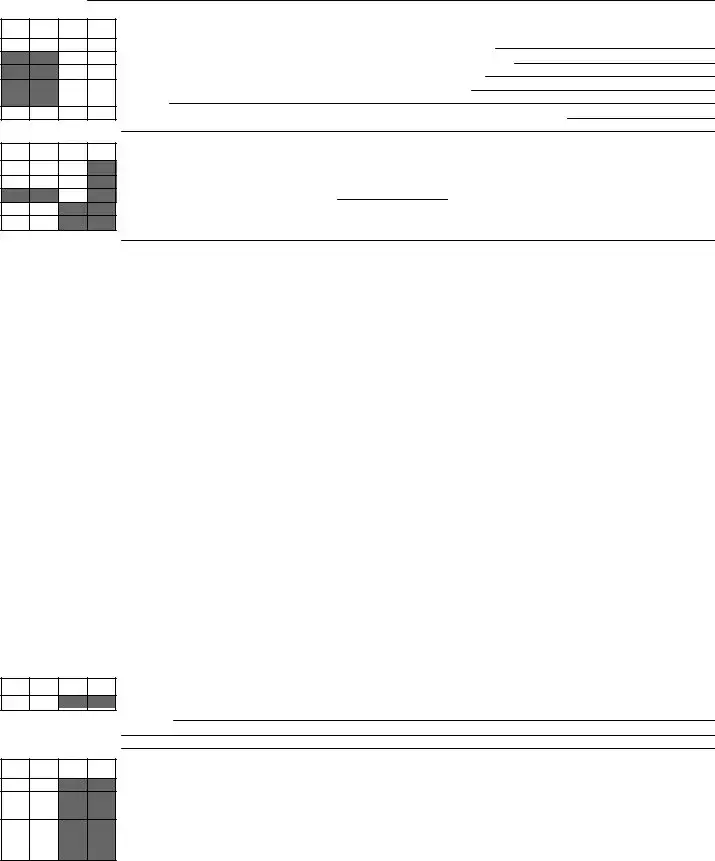
 Are you aware of any problems with any item in section 14? If "yes," explain:
Are you aware of any problems with any item in section 14? If "yes," explain:
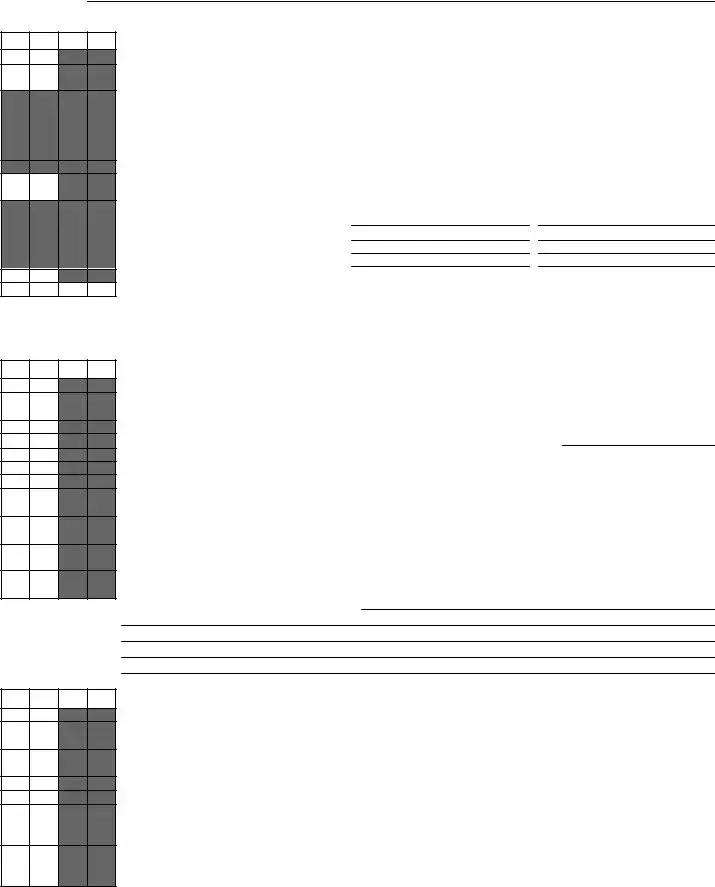





 Seller’s Property Disclosure Statement Addendum (PAR Form SDA)
Seller’s Property Disclosure Statement Addendum (PAR Form SDA)





